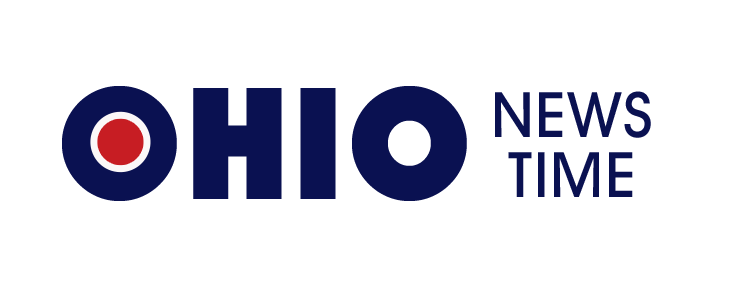How Has HR Changed Due to Technology?
For a long time, the human resources department has been considered the connection point between employees and the management. It has always served two purposes. First, to create and enforce policies that ensure sanity and fairness in the workplace. Second, to resolve any disputes arising among employees or employees and the management. But with the emergence of high-end technologies, things seem to be changing, and luckily for the better.
Over the years, digital transformation has seen businesses adopt new ways of working, aided by automation using AI-enabled software and even robots. Many have shifted their legacy systems to the cloud, allowing their employees to work remotely from anywhere. Employee management and tracking tools are also being deployed to assess the number of working hours and even calculate the wages without the HR professionals lifting a finger.
With all these examples, it’s only fair to conclude that technology has changed the functions of HR. Nowadays, human resources have become the link between people and processes. It’s also responsible for a large portion of the company culture. This is because HR leaders are responsible for hiring employees and inspiring desired company behaviors and beliefs.
That said, technology has changed human resources management, allowing for increased efficiency and productivity in the workplace. Here’s how various technologies are shaping HR functions.
- Smart Recruiting
Gone are the days when candidates used to line up outside the HR office during interviews. Today, AI and automation allow companies to schedule interviews remotely and even hire candidates from anywhere in the world. AI recruiting eliminates bias common with physical interviews. It also levels the playing ground, so everyone has a fair chance to participate and showcase their competence. Most recruiting software are also more accurate in screening candidates for the desired skills, personalities, and character traits. That means more precise reporting and candidate selection.
Another benefit of smart recruiting is the speed of filling critical positions. Companies don’t have to wait for months or even years before finding the right talent. Similarly, HR recruiting technology fosters diversity and inclusion in the workplace, thanks to the elimination of bias and the ability to hire qualified candidates from anywhere.
- Better Performance Management
HR technology allows human resources personnel to intelligently measure workforce engagement and productivity using accurate and reliable metrics. Instead of using excel sheets to track absenteeism or manually assess employee performance, data-driven management tools make work easier for HR professionals.
HR managers can also use data analytics to sample performance data and facilitate regular employee reviews. Through people analytics, they can further make accurate decisions about their workforce. For instance, use performance data or customer/client reviews from various customer touchpoints and channels to create actionable insights. Here, HR can accurately tell who gets the promotion or a pay rise based on their performance and expertise.
- Better Communication and Collaboration
Before the rapid shift to remote working, communication among colleagues was limited to emails and phone calls. Today, there are a dozen remote collaboration tools that support communication and task sharing among employees. HR also uses these tools to share urgent work messages or any information directly to employees.
The best communication and collaboration strategy in the modern workplace leverages both synchronous and asynchronous channels. Synchronous communication channels include Zoom and Google Meet and require one on one communication in real-time. This communication style is best for meetings and interviews. On the other hand, asynchronous communication channels include emails, Slack, and Trello. They are great for collaborating on tasks and for regular check-ins on team progress.
- More Efficiency and Better Strategies
By adopting modern HR tools and technology, HR personnel can automate mundane tasks, from filing paperwork to physically supervising workers. This gives them time to focus on the more strategic functions such as decision making, planning, and execution. This shift in roles also allows the human resources professionals to better connect with employees and ensure they are productive and engaged in the workplace.
Similarly, the HR department can leverage the data from various sources to gain insights that could further help the company work on its competitive advantage. For example, HR can report on their diversity and inclusion performance and suggest the best DEI strategies to the board.
Keeping Up With HR Tech Trends
With all the HR tech trends we’ve highlighted above, it’s pretty obvious that things are getting more automated, scalable, effective, and even faster with time. The shift to the cloud and the rapid adoption of HR software management and analytics tools are necessary in the digital-first world. However, it comes with some security risks.
That is why forward-looking organizations are now turning to a multi-functional cybersecurity platform to mitigate risks and ensure total control of their digital infrastructure. Without focusing on cybersecurity, critical assets such as data, IT resources, workloads, software, and applications are put at risk.


/images/2023/08/17/vpn-disadvantages.jpeg)
